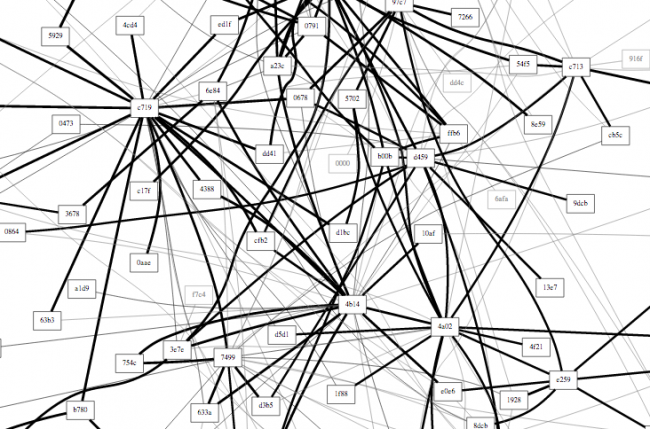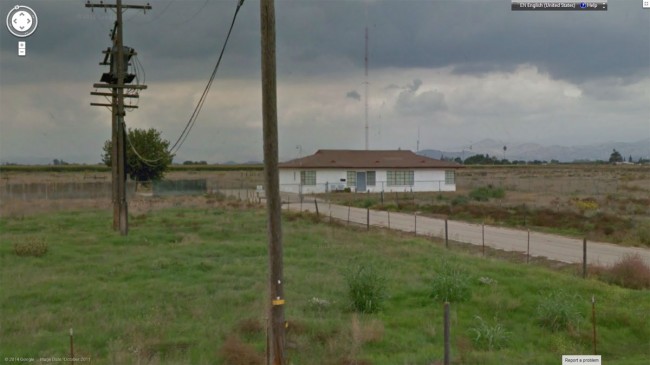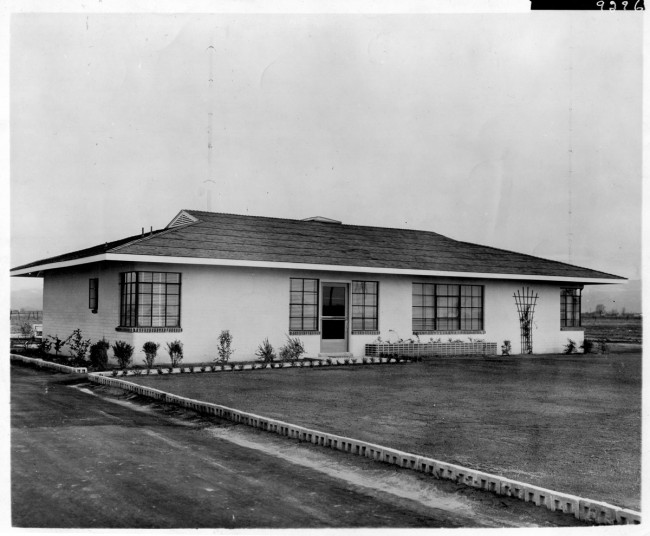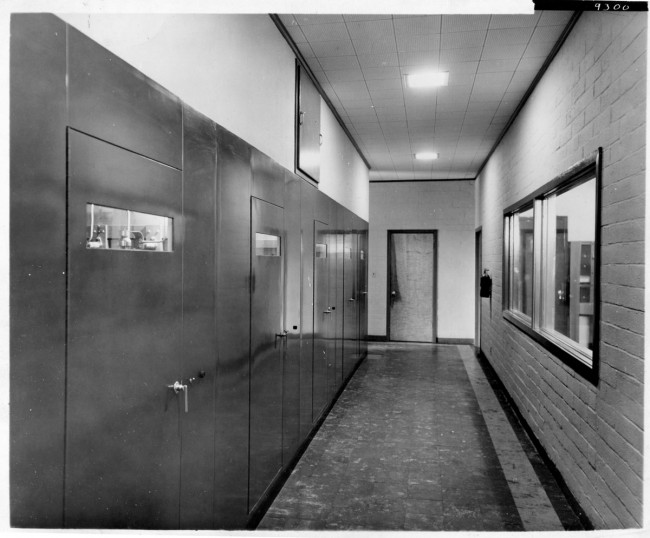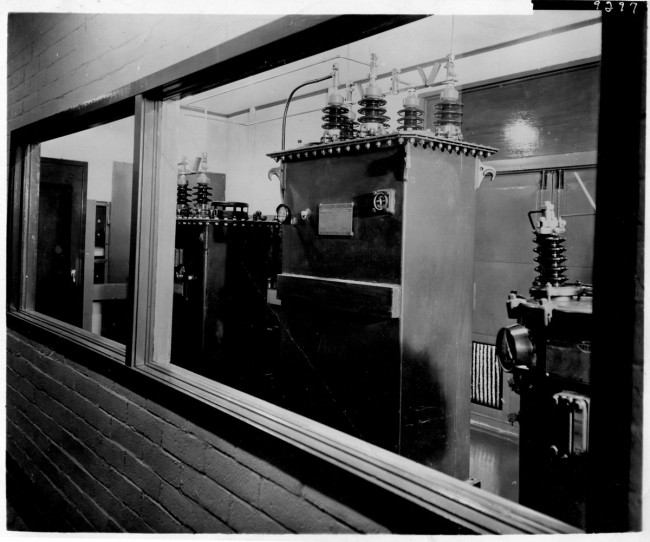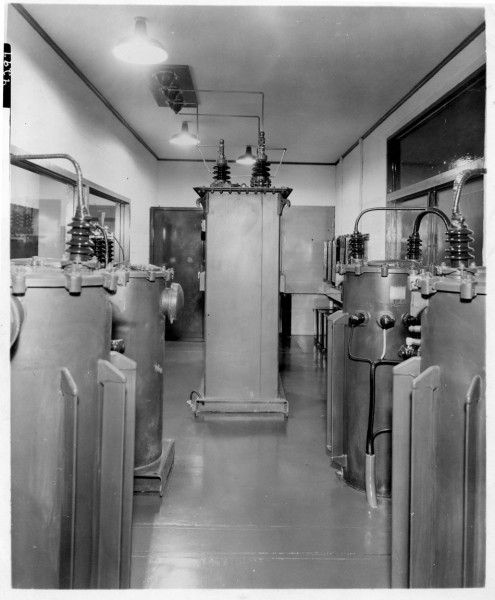Linux, oh Linux! Where have you been all my (adult) life? I know, I know, you have been right there all along, just waiting for me to get out of my Microsoft phase. Day after day, year after year, you have been sitting there thinking; when? When? When will he pay attention to me? Well, I tell you I am through with that old, expensive habit. Sure, Microsoft has Windows and all that, but you have GUI too. Not to mention the wonderful open office suit. Then there is the back end, I have always been a sucker for back ends. Yours is wide open, with no inhibitions, no problems, no hangups. Microsoft? You can’t even look at their back end without an army of lawyers descending upon you with malice and litigation on their minds.
Up front, you seem complicated and high maintenance. But once I got to know you, I found it is just the opposite; so simple and easy to get along with.
No, my Microsoft days are over, I tell you. I feel secure with your Linux like you will adapt to my needs and communicate with me when troubles arise. You won’t let malicious code get in the way of what could be a wonderful relationship. What’s more, there are so many different versions of you, I feel like I can pick and choose operating systems based on what my needs are. Finally, a computer that does what I want it to.
Sincerely,
Paul Thurst


